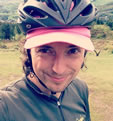Venturing away from home for a cycling event or holiday can be a fantastic experience, combining the thrill of achievement at a big race or granfondo with the enjoyment of travelling to new locations.
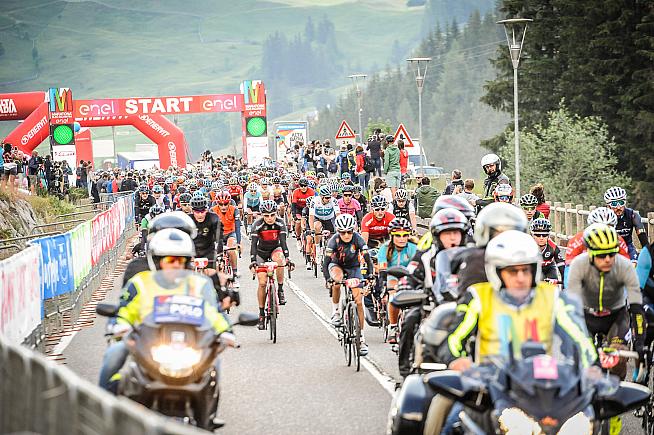
Even for seasoned cyclists, however, there are common mistakes that can sabotage your performance and enjoyment. Being aware of these common errors and knowing how to prevent them can make all the difference between a successful journey and a frustrating experience.
Here are seven tips, compiled with the experts at mybaggage.com, to help ensure your trip is a memorable one for all the right reasons.
1. Pack your bike and kit with care
Perhaps the two greatest mistakes cyclists make are 1) not choosing a reliable shipping company and 2) not preparing their bike properly for shipping.
Too many cyclists over the years have arrived at their destination to discover their plans ruined by broken or missing equipment; carbon frame broken in transit, derailleur hanger bent as a result of inadequate packing, or quick-release skewers left behind - all situations that have put an end to many a bike tour.
My personal 'highlight' was arriving in Mallorca for the 312 to find I'd left my stem faceplate at home, forgotten during packing. Fortunately Mallorca has plenty of bike shops so I was able to source a replacement, but it added unwelcome stress to the day before the event.
To avoid these issues, invest in a quality bike box or case, which is designed for travel purposes. Go through the process of dismantling your bike as per manufacturer's guidelines. Document the process - taking photos on your phone for example - to assist in reassembling the bike at your destination.
Remove the derailleur, handlebars, and pedals, and wrap all parts with foam. Release air from tires to prevent air pressure damage while traveling by air.
Above all, carry with you the required accessories and spare parts. If you used a tool to dismantle your bike for packing, make sure that tool travels with you in your checked in bag! Skewers, pedals, derailleur hangers, and a multi-tool should be in your checked-on luggage alongside the bike.
2. Allow time to acclimatise
Most cyclists book their travel too close to event day, leaving too little time to acclimatise to new conditions.
This may be unavoidable in some cases - after all, most of us have only a limited number of days holiday we can take off in a year. However, if possible allow a couple of days settling in time before your event day.

With or without elevation change, temperature fluctuations, humidity change, or time zone, your body takes time to adjust. This period of adjustment is not just about comfort but performance itself.
Strategic scheduling is the key. For significant changes in altitude, arrive at least three to five days in advance; every 1,000 feet of altitude generally requires a day of acclimatisation. For international travel that involves crossing multiple time zones, spend one day of adjustment for every time zone crossed.
Use this time with light rides to let your body adjust to the surrounding area - it may be possible for example to familiarise yourself with the event route, giving you an extra advantage on the day.
3. Pay attention to the logistics
Most riders invest months of diligent training ahead of a big event, but in the focus to hit peak fitness it can be easy to treat event prep as an afterthought.
Common mistakes include booking hotel rooms too far from the starting line, failing to factor in the time it takes in the morning to get ready, or failing to research transportation choices.
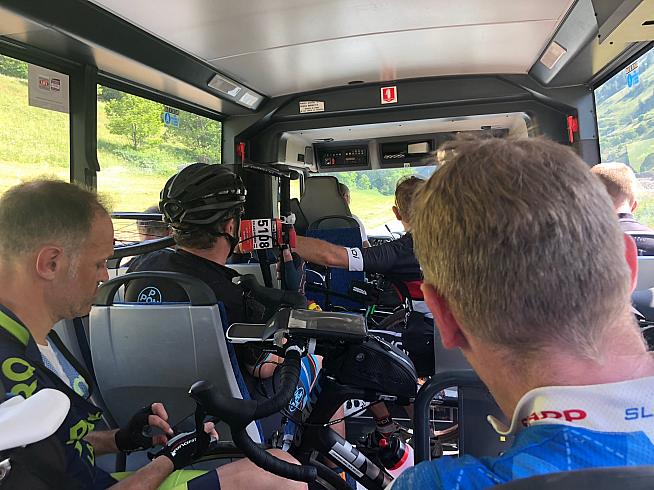
These seemingly minor details can grow into enormous race-day issues. Approach logistical problems with meticulous planning. Select rooms in reasonable proximity to the starting/finishing points. Study transportation schedules in advance, especially if taking public transport or shuttles. Map out your race day, from the opening time, to determine what time you need to wake up, eat breakfast, and depart.
Check registration costs and info pack pick-up procedures well in advance, downloading any apps or documents needed before heading out to avoid connectivity issues.
4. Have a plan for nutrition and hydration
The thrill of travelling tends to disturb regular diet patterns. Competitors tend to try new food sources in pre-event days, due to having unexpected problems of food availability, or are not able to organise hydration schedules suitable for new environments, resulting in upset stomach, dehydration or other illness that can undo all those careful months of training.
Provide nutritional continuity by investigating the food availability in your destination before leaving. Pack stable, reliable energy foods your body has tolerated well under rigorous exertion. Pack in-hotel-room breakfasts if meals in restaurants will not do.

Fluid intake requires special planning: begin increasing fluid intake a few days before traveling to hot or high-altitude areas, and proportionally match electrolyte intake.
The well-worn mantra "nothing new on race day" exists for good reason: under no conditions experiment with new supplements or extreme dietary changes the day before or during your event.
5. Avoid the temptation to experiment with equipment
The desire to experiment with new gear for destination events is surprisingly widespread. Cyclists purchase new shoes, make last-minute adjustments to the bike, or try new components without adequate testing. The resulting discomfort, mechanical issues, or unfamiliarity can profoundly impact performance.
I have plenty of examples from personal experience, the worst was probably turning up to the start of the Trans Alba Race without having properly set up my dynamo charging system. With time ticking down to the start on the morning of the event, I set off in a rush with the cable still lose and tore the connector off in the spokes of the front wheel - leaving me with a useless dynamo for the entire 10 day tour of Scotland.
The cardinal rule, "nothing new on race day" applies as much to equipment as to food. Test all equipment modifications well ahead of travel time, allowing adequate time to adjust and test in various conditions.
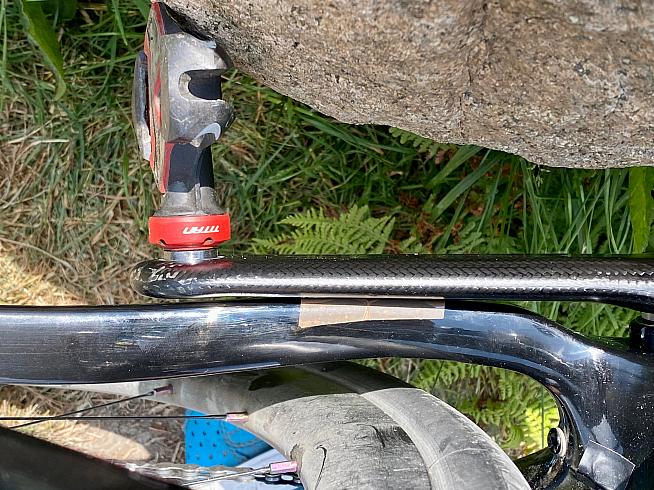
If purchasing fresh equipment for the event specifically, purchase it far enough in advance for multiple test rides. This is also the case with clothing, nutrition supplements, and electronics - the familiar is your ally in an unfamiliar environment.
6. Check the weather and terrain and pack accordingly
Course summaries and elevation profiles that you source online can sometimes be out of date or misleading, and many cyclists train to suit average weather conditions rather than training for potential extremes. The result will be that you are ill-prepared for the real thing.
Research your event thoroughly, ideally first-hand accounts from previous participants rather than relying on official accounts. Pay attention to the weather forecast in the region you're travelling to in the week leading up to the event, and pack accordingly.
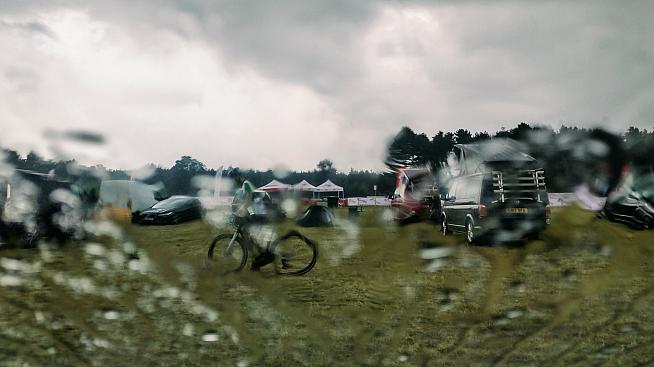
Pack clothes that layer or can be mixed for adjusting to changing conditions - and remember that weather conditions at the event start may be very different to those you'll encounter along the route, especially for mountainous sportives.
For new territory, research local advice about particularly challenging areas and special equipment tips. Take a look at course sections ahead of time where possible to accrue first-hand knowledge.
7. Communication and connectivity are key
International travelers are often surprised by unexpected communication problems, from language to incompatible cellular networks.
Not being able to contact help teams, find your way around, or deal with emergencies has the potential to turn small problems into big ones. Plan communication fall-backs in advance. Test availability of cellular service in the region, e.g., foreign plans, an eSIM or local SIM card to ensure you have mobile coverage and data while abroad.
These days there are numerous apps available to help with language and local info - where possible, download maps, event routes and translation software before you travel, or using hotel Wifi.
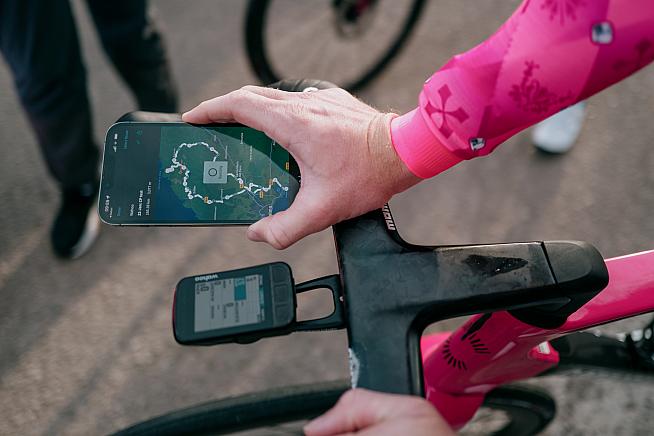
Finally, prepare for recovery by bringing tried and tested sleep aids in the form of comfort pillow, white noise generator, or eye mask. Develop a pre-bed routine that can be performed anywhere. Organise and conduct special recovery training sessions after the event, i.e., best refueling, rehydration, and mobilisation.
Reserve recovery-friendly accommodations for after the race and before heading home that have a pool or hot tub (maybe even a spa). As with any travelling, the key is flexibility, this will allow you to focus on what is most important: enjoying yourself riding your bike in a new and interesting environment.
0 Comments

